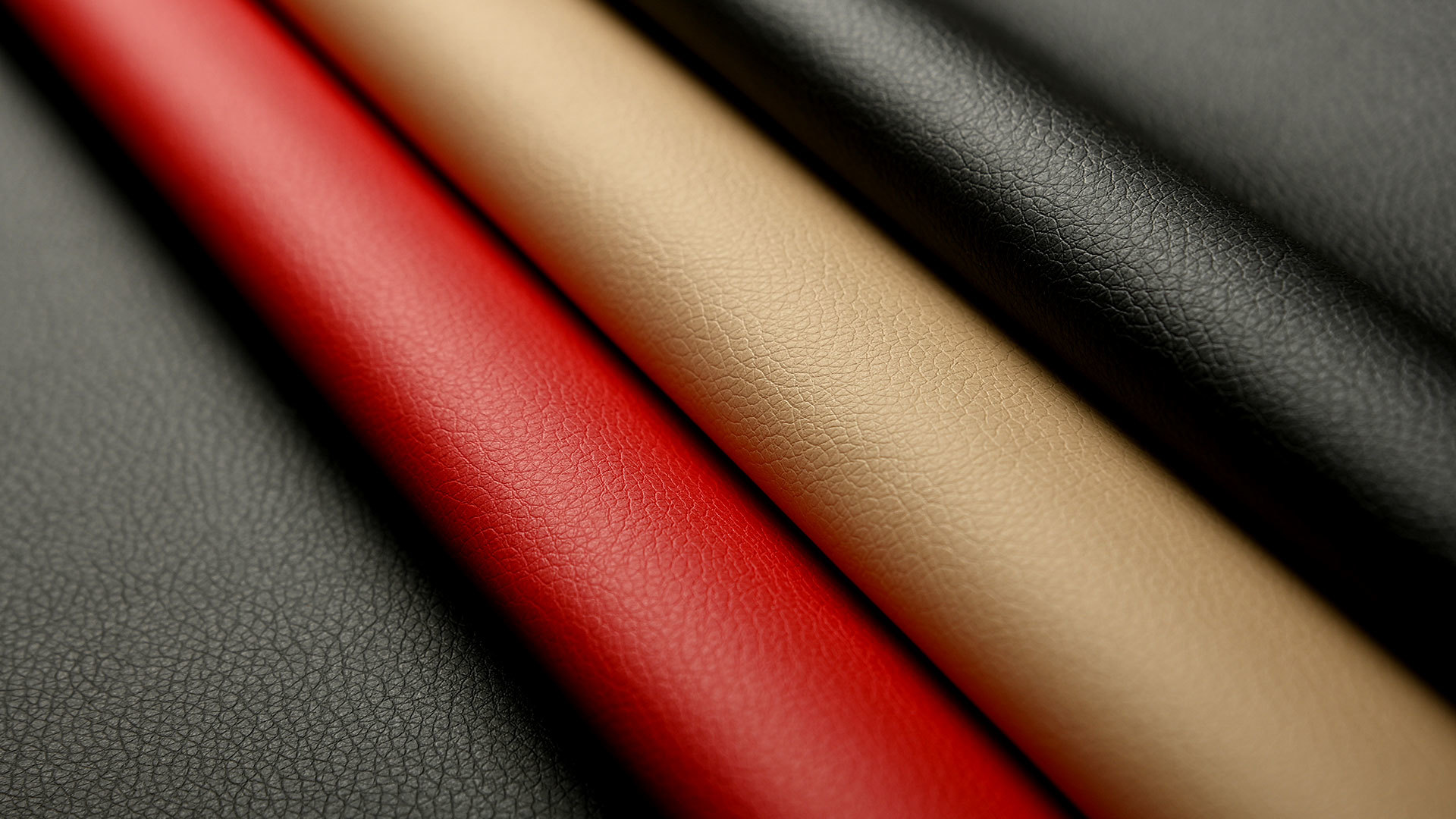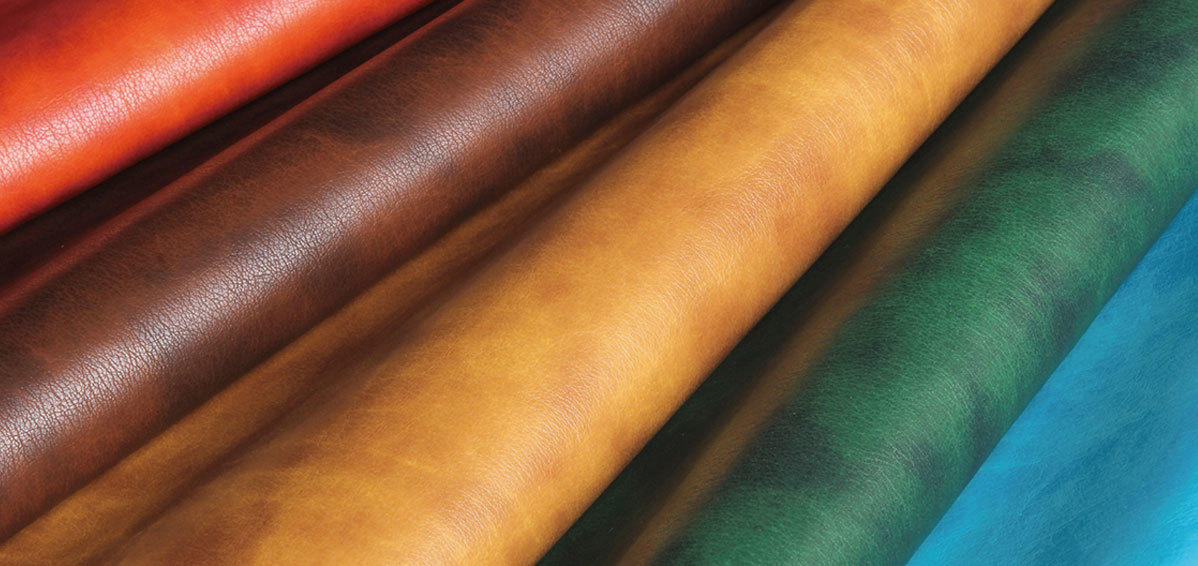A Brief Analysis of the Impact of Textile Dyes on Color Fastness
2021-09-04
Textile dyes are dyes used for coloring textiles. They can be classified into acid, cationic, direct, disperse, azo, reactive, sulfur, and reductive dyes based on their properties and application methods. Different dyes have varying affinities for different fibers, which also determines that different fibers require corresponding dyes.
What are textile dyes? Here’s a little knowledge sharing about textile dyes!
2021-08-30
Textile dyes are coloring agents used for dyeing textiles. They mainly consist of plant extracts such as fruits and juices, and also include extracts from natural chemical substances like coal tar. Textile dyes have good coloring properties, are not easily faded, and do not lose color easily when washed. After dyeing, the fabric's hand feel does not change significantly, and it does not become stiff. However, the color saturation is lower than that of acrylic dyes. So, how are textile dyes manufactured?
2021-08-12
The acidic groups in acidic dyes are generally sulfonic acid groups (-SO3H), which exist in the dye molecules in the form of sodium sulfonate (-SO3Na). Some dyes also use sodium carboxylate (-COONa) as the acidic group. They are characterized by good water solubility, bright colors, a complete range of colors, a simpler molecular structure compared to other dyes, and the absence of long conjugated coherent systems in the dye molecules, resulting in lower directness of the dyes.
Introduction to Feed Additives
2021-08-04
Feed additives refer to substances that are added in small or trace amounts during the production, processing, and use of feed. Although they are present in low quantities in the feed, their effects are significant. Feed additives are an indispensable raw material in modern feed industry. They play a notable role in enhancing the nutritional value of basic feed, improving animal production performance, ensuring animal health, saving feed costs, and improving the quality of animal products.
2021-07-23
Acid Dyes are a class of water-soluble dyes that contain acidic groups in their structure. They are used for dyeing in acidic media. Most acid dyes contain sodium sulfonate, which makes them soluble in water. They are characterized by bright colors and a complete color spectrum.
Introduction to Feed Additives
2021-07-09
Feed additives refer to small or trace substances added during the production and processing of feed. Although used in minimal amounts, they have significant effects. Feed additives are essential raw materials in modern feed industry. They enhance the nutritional value of basic feed, improve animal production performance, ensure animal health, save feed costs, and have a noticeable impact on the quality of animal products.
2021-06-28
Acid dyes refer to dyes that contain acidic groups in their molecular structure, also known as anionic dyes. They can bond with the amino groups in protein fiber molecules through ionic bonds and are suitable for use under acidic, weakly acidic, or neutral conditions. They mainly consist of azo and anthraquinone structures, with a few being aromatic methane structures. Dyes and colors are generally compounds that have their own color and can impart vivid and durable hues to other substances in either molecular or dispersed states.
Introduction to the Classification of Leather Dyes and Acid Dyes
2021-06-09
Introduction to the Classification of Leather Dyes and Acid Dyes
2021-05-25
Acid dyes. The earliest developed acid dyes required dyeing in a strongly acidic dye bath. Their molecular structure is simple, with low molecular weight, and they contain sulfonic or carboxyl groups, which have low affinity for wool. They can move evenly on wool, resulting in uniform dyeing, and are also known as acid leveling dyes. However, the colors are not deep, the wash fastness is poor, and they can be harmful to wool during dyeing, resulting in a poor hand feel after dyeing. An example is Acid Red G (C.I. Acid Red 1).
2021-03-30
In our daily lives, we often need to use disinfectants to achieve the desired sterilization effect. Many situations today require the use of disinfectants, but many people are unaware of the specific types of disinfectants available, which can lead to reduced effectiveness. Therefore, it is important to understand more about disinfectants to better utilize their effectiveness. So, what is the definition of disinfectants? What are the classifications of disinfectants?
The three main features of biological feed additives.
2021-03-04
The three main features of biological feed additives.
2021-02-18
There are several types of medical disinfectants, each with specific uses:
1. **Alcohol-based disinfectants**: These typically contain isopropyl alcohol or ethanol and are used for skin disinfection and cleaning surfaces. They are effective against a wide range of bacteria and viruses.
2. **Chlorine compounds**: Commonly used in hospitals, these include sodium hypochlorite (bleach) and are effective against bacteria, viruses, and fungi. They are often used for disinfecting surfaces and equipment.
3. **Quaternary ammonium compounds (quats)**: These are used for disinfecting surfaces and are effective against bacteria and some viruses. They are often found in household disinfectants and wipes.
4. **Phenolic compounds**: These are used for disinfecting surfaces in healthcare settings and are effective against bacteria, viruses, and fungi. They are often used in surgical settings.
5. **Hydrogen peroxide**: This is used for disinfecting surfaces and medical equipment. It is effective against bacteria, viruses, and spores.
6. **Iodine-based disinfectants**: These are used for skin disinfection before surgeries and for cleaning wounds. They are effective against a broad spectrum of pathogens.
Each type of disinfectant has specific instructions for use, including dilution ratios, contact time, and safety precautions.




